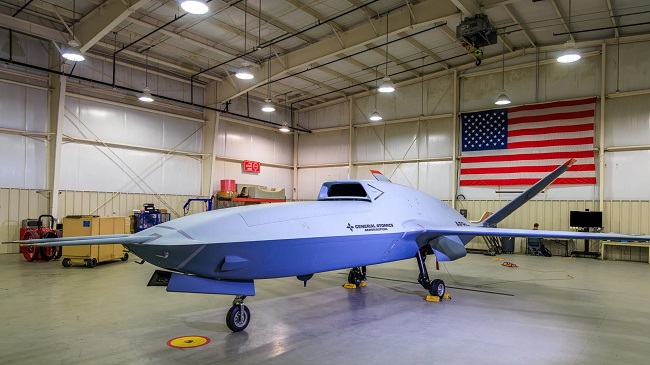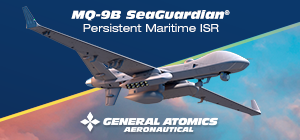
In its programme to mature and acquire a large number of unmanned aircraft to complement the Collaborative Combat Aircraft (CCA), the Department of the Air Force has decided to fund proposals from Anduril and General Atomics to proceed through the detailed design and flight demonstration phase. In activating the relevant contract options with these 2 companies, the USAF has excluded, at least for now, the 3 aerospace giants: Boeing, Lockheed Martin and Northrop Grumman. There will probably be other opportunities in the future, however, as the Collaborative Combat Aircraft programme is conceived as a 'continuous competition' with different aircraft models, and their subsequent evolutions, to be acquired over the years in successive increments. Anduril and General Atomics will now mature their respective designs aiming to win production orders for Increment 1, which the USAF wants to realise as early as 2026 to deploy an initial operational capability by the end of the decade. In its press release, Anduril included an image of its FURY,an unmanned aircraft characterised by high modularity, single-engine configuration, and low-observability design. Details are scarce, but Anduril intends to use an off-the-shelf, commercial-derived engine with low fuel consumption to ensure a long mission range. The aircraft promises high-subsonic speeds (0.95 mach) and 9 G manoeuvrability. The FURY project actually originated at the Blue Force Technologies company, which had initially envisioned it as an Aggressor with which to meet the Air Force's air combat training needs. Anduril acquired the company in 2023 and introduced changes to broaden the scope for the new machine. Anduril for its part also brings with it the LATTICE artificial intelligence core, a solution that allows a single human operator to control multiple platforms simultaneously. General Atomics, in its press release, confirmed that the XQ-67A (pictured) revealed last February as the solution for the parallel Off-Board Sensing Station (OBSS) programme is also to be considered the prototype of the CCA solution. The XQ-67A is a single-engine turbojet drone with a low observability design and dorsal air intake, with a conventional tricycle undercarriage. It is unclear from the images whether an armament bay is actually part of the design. It could have a small air-to-air armament, perhaps a pair of missiles. The XQ-67A appears to be descended from the outline designs promoted by General Atomics as the 'GAMBIT family', conceived in-house. The GAMBIT family of drones is based on the reuse of a common hardware and software base, applied to different fuselages and sensor and weapon packages. The Gambit 'core' is a basic chassis complete with undercarriage, avionicabase and other essential components that may also be common for aircraft with different missions. This 'core' accounts for about 70% of the recurring costs, which GA-ASI intends to minimise.








.png)
